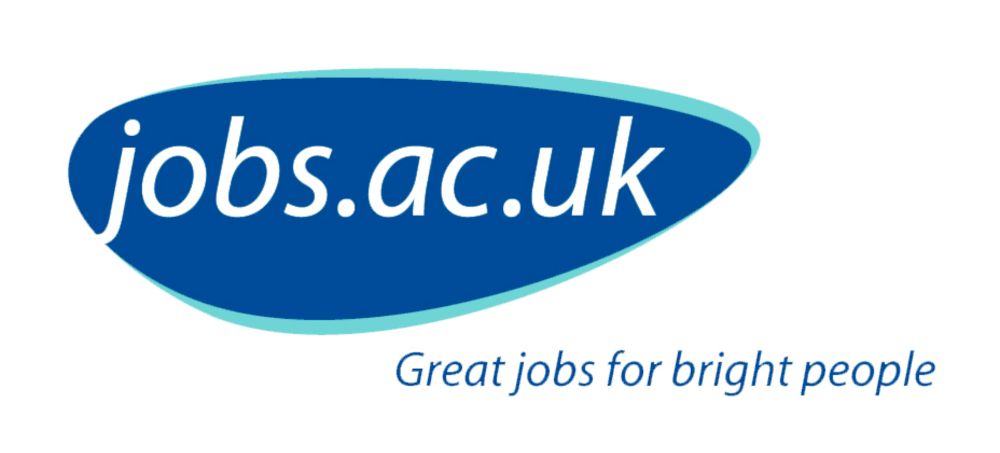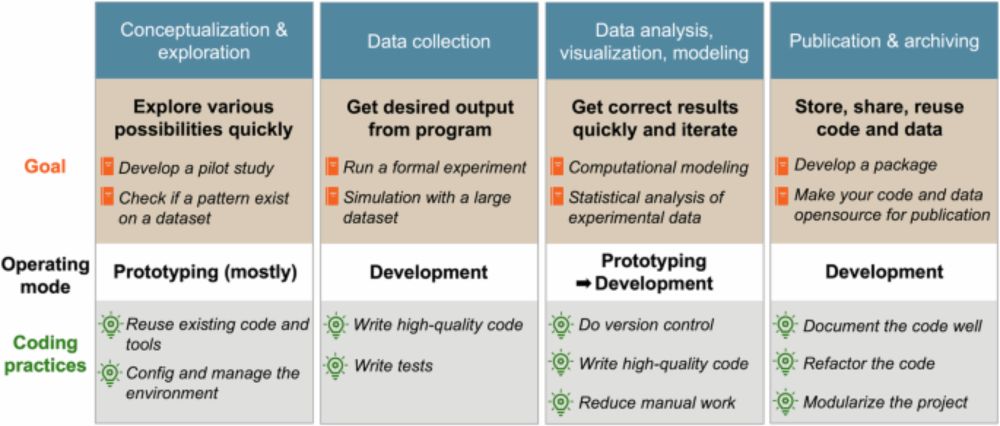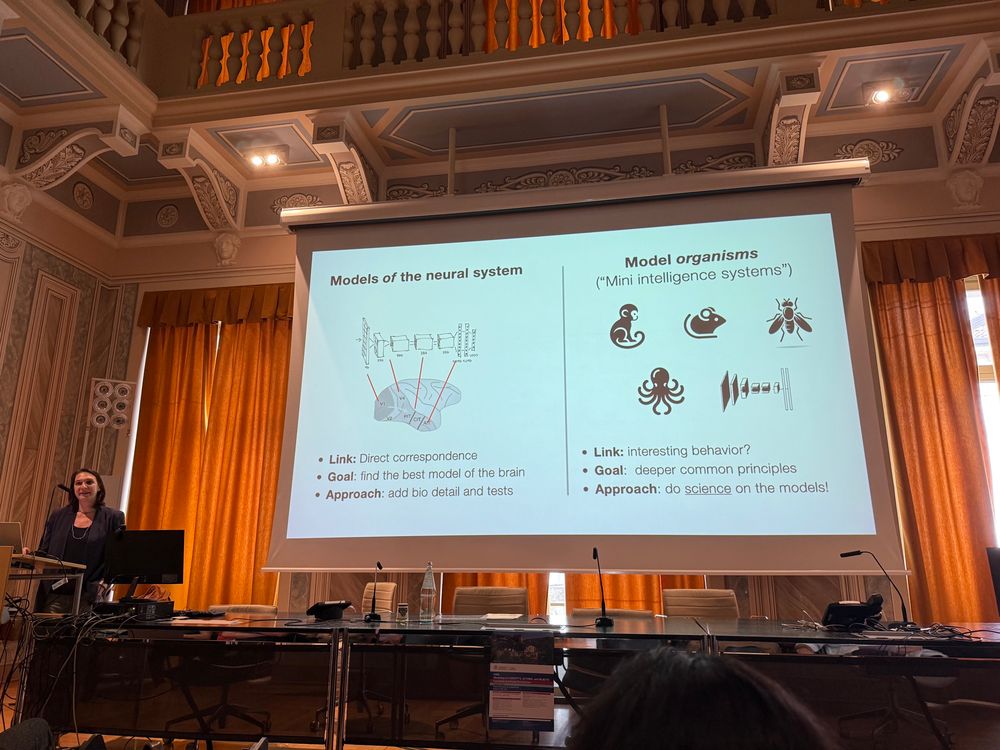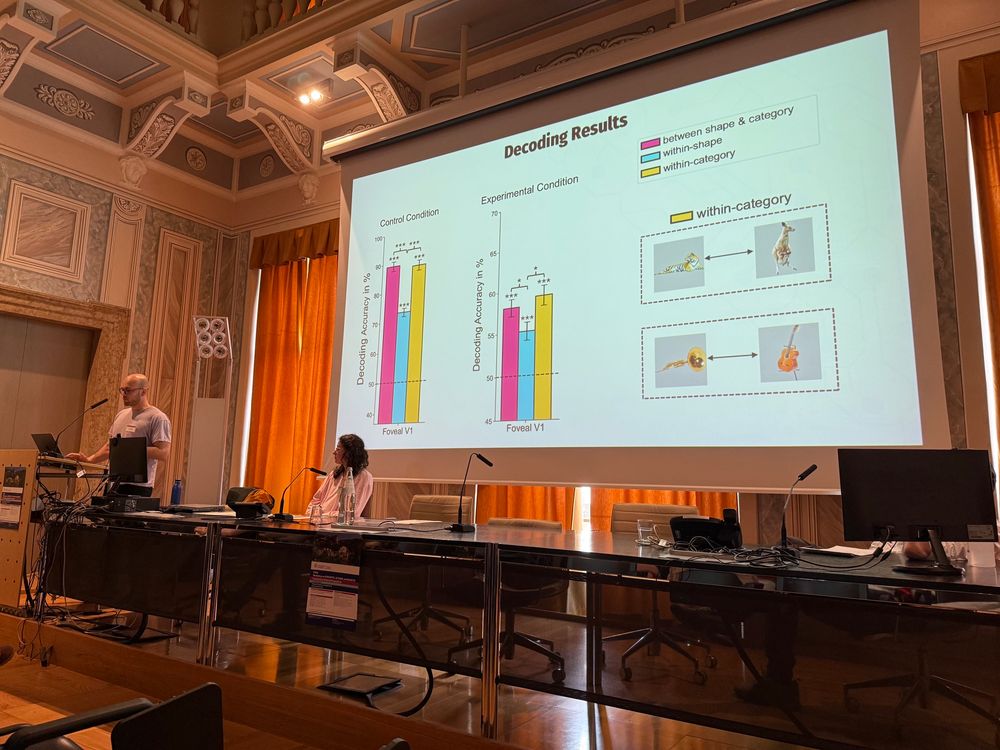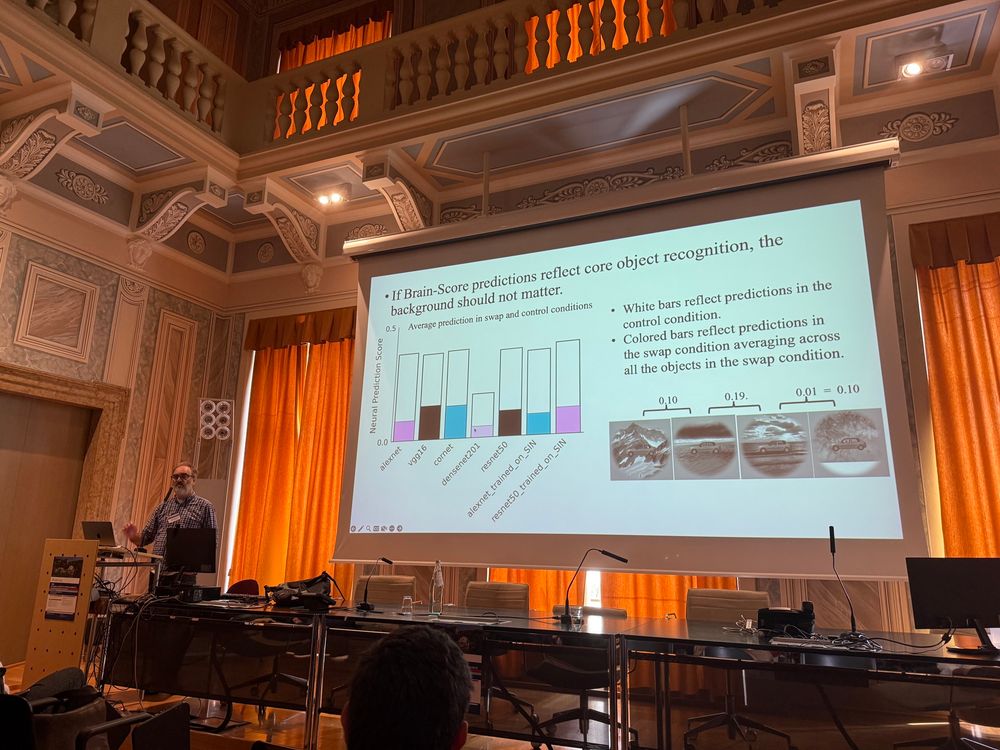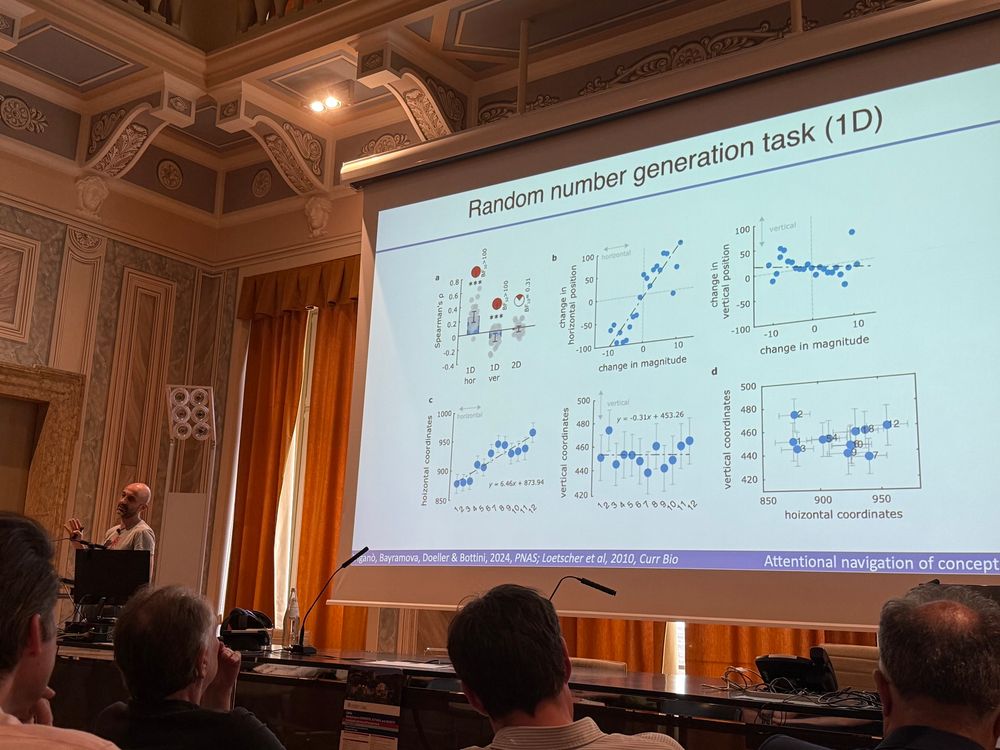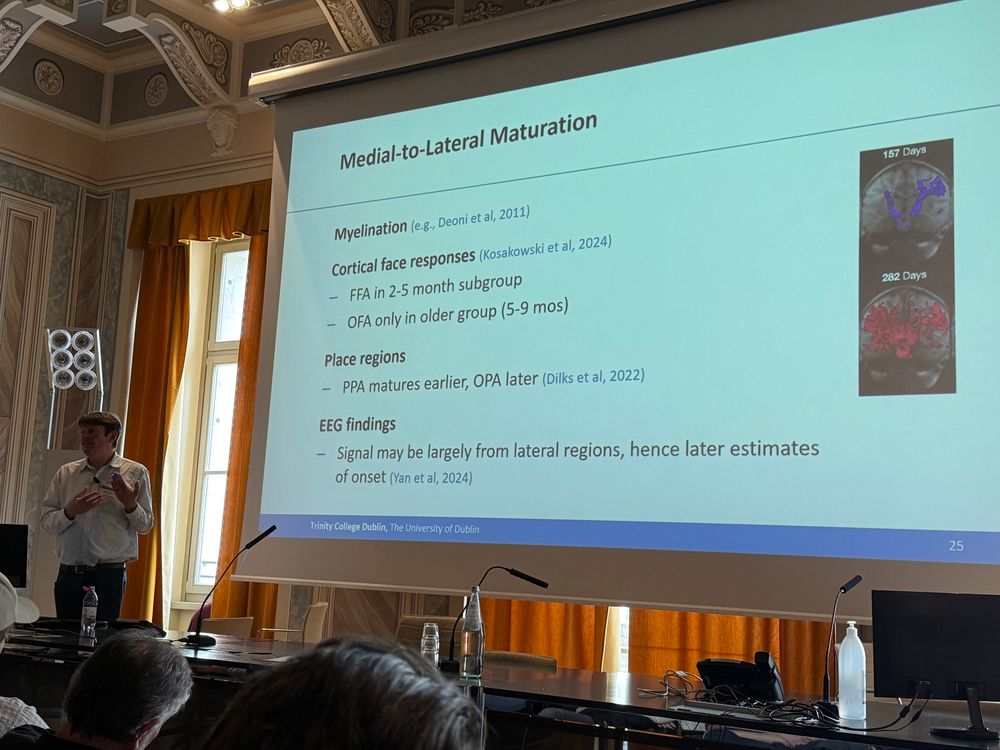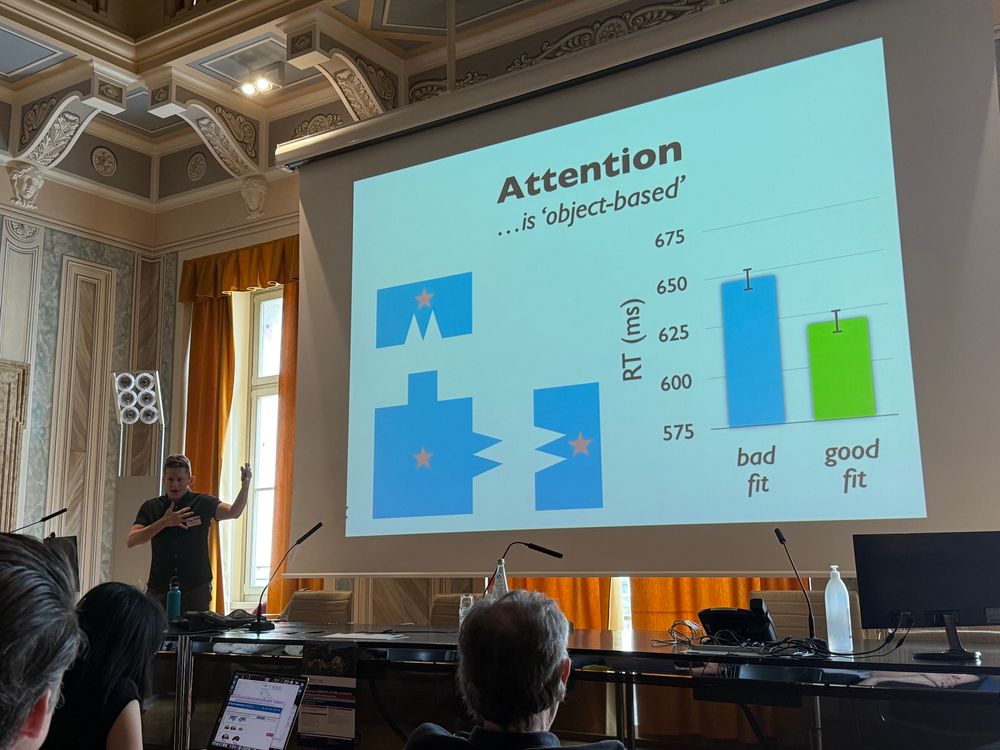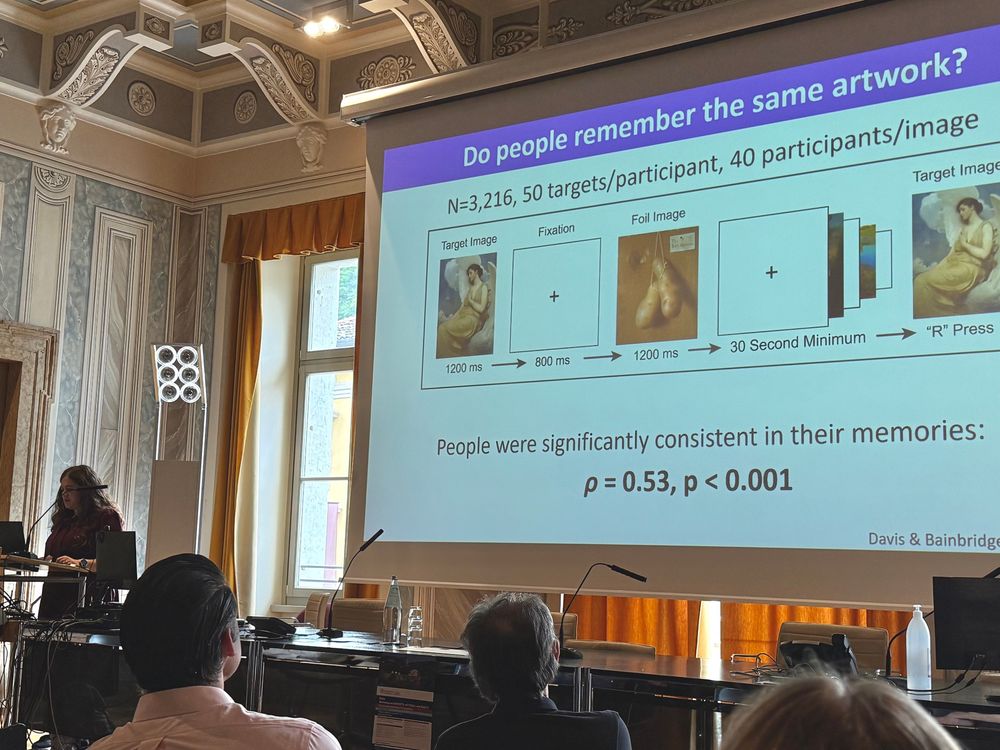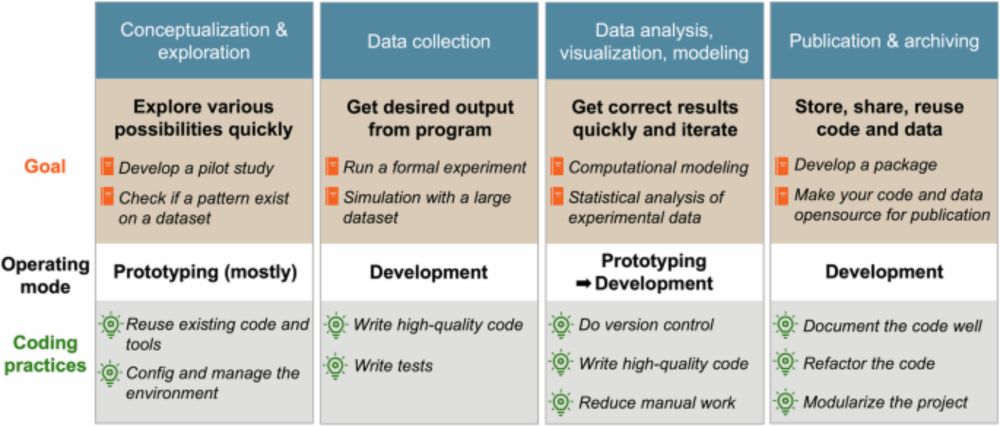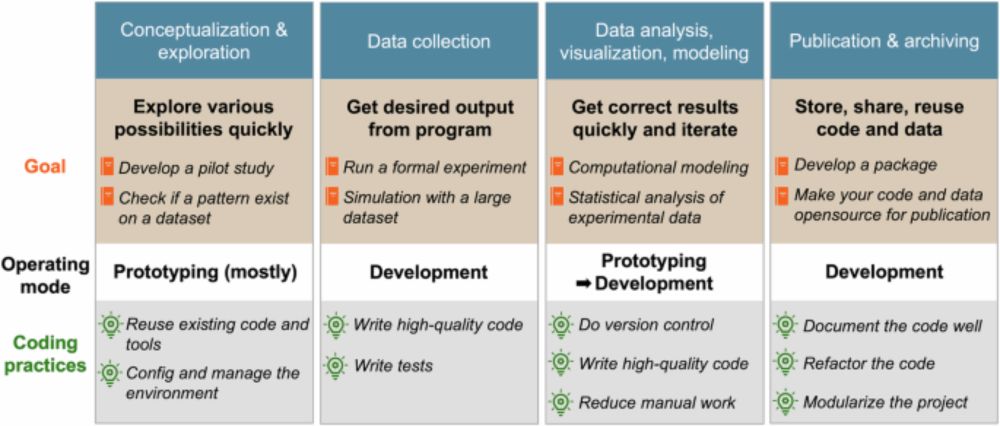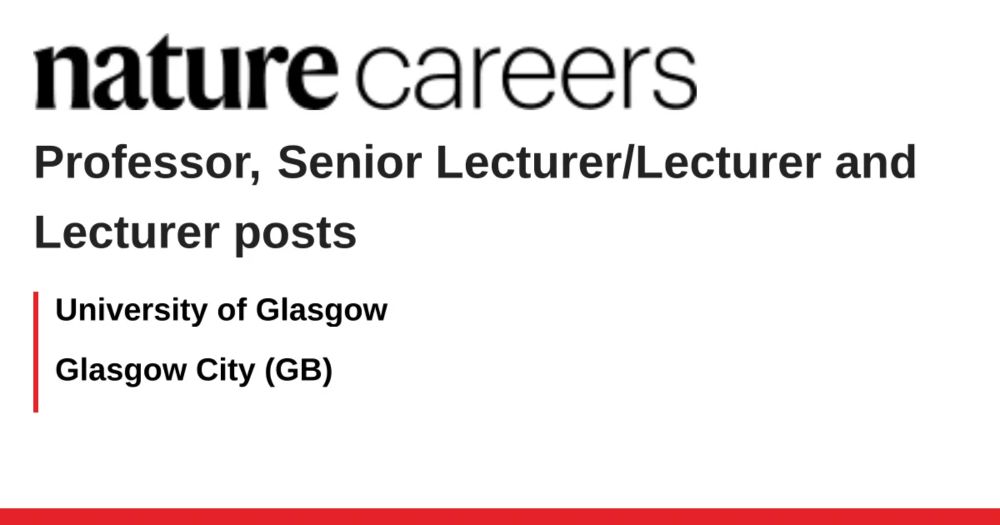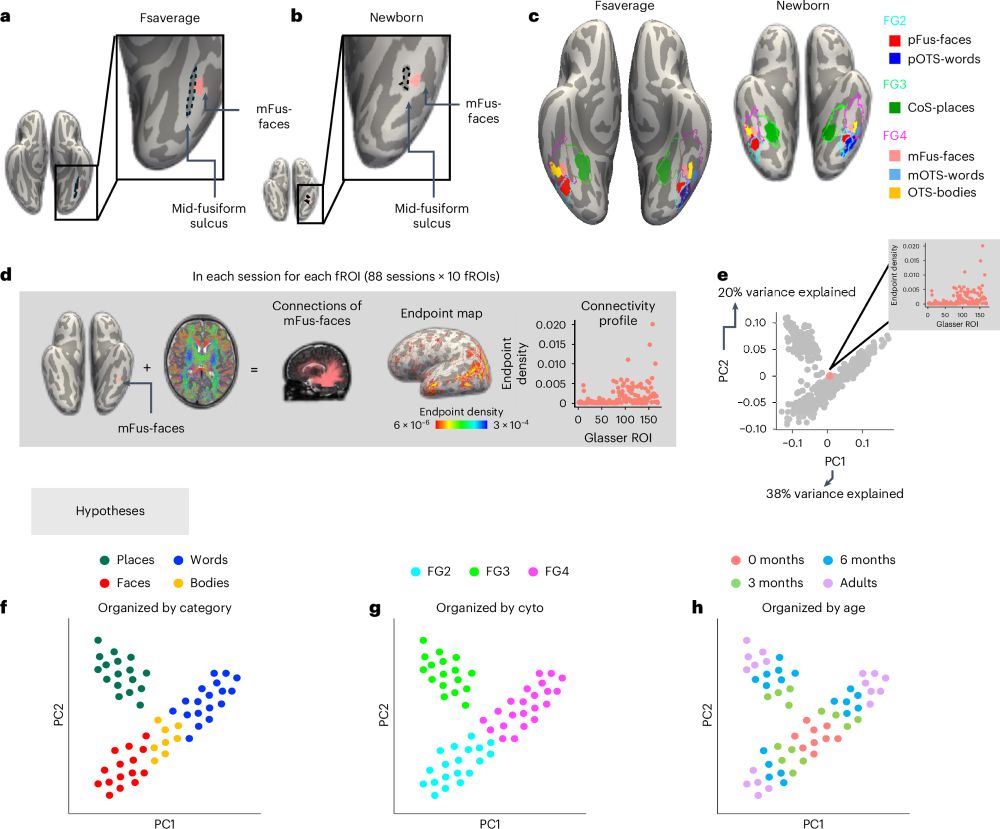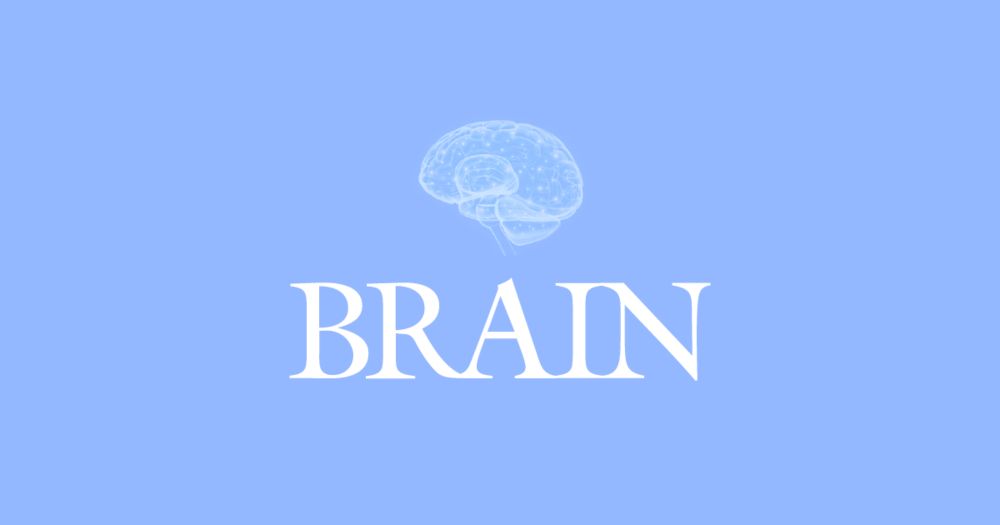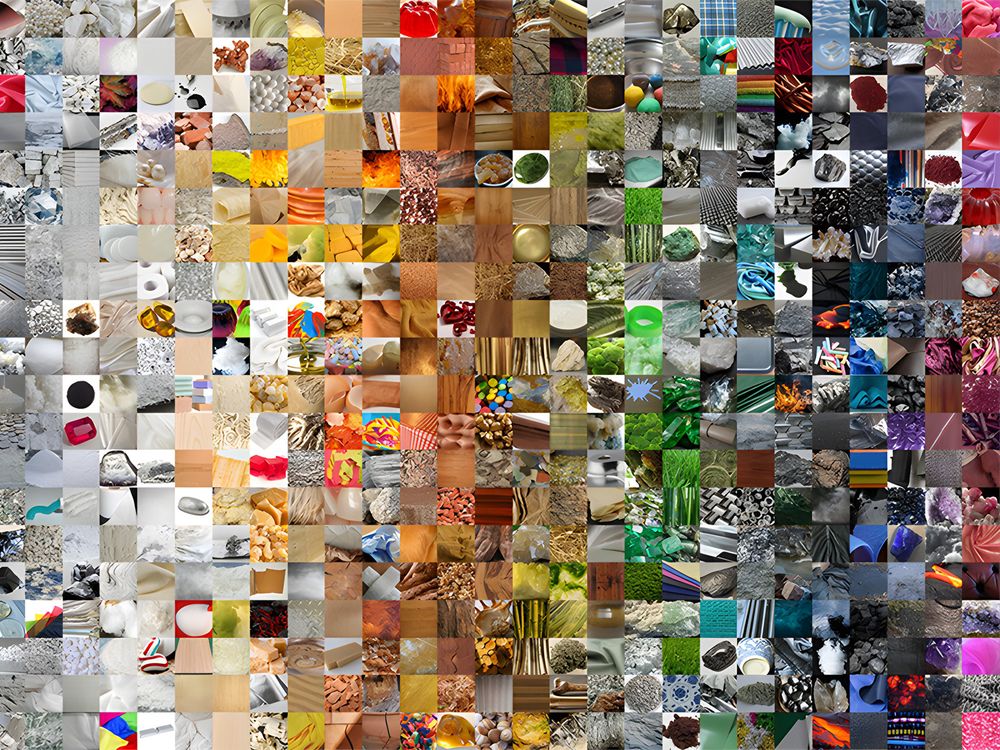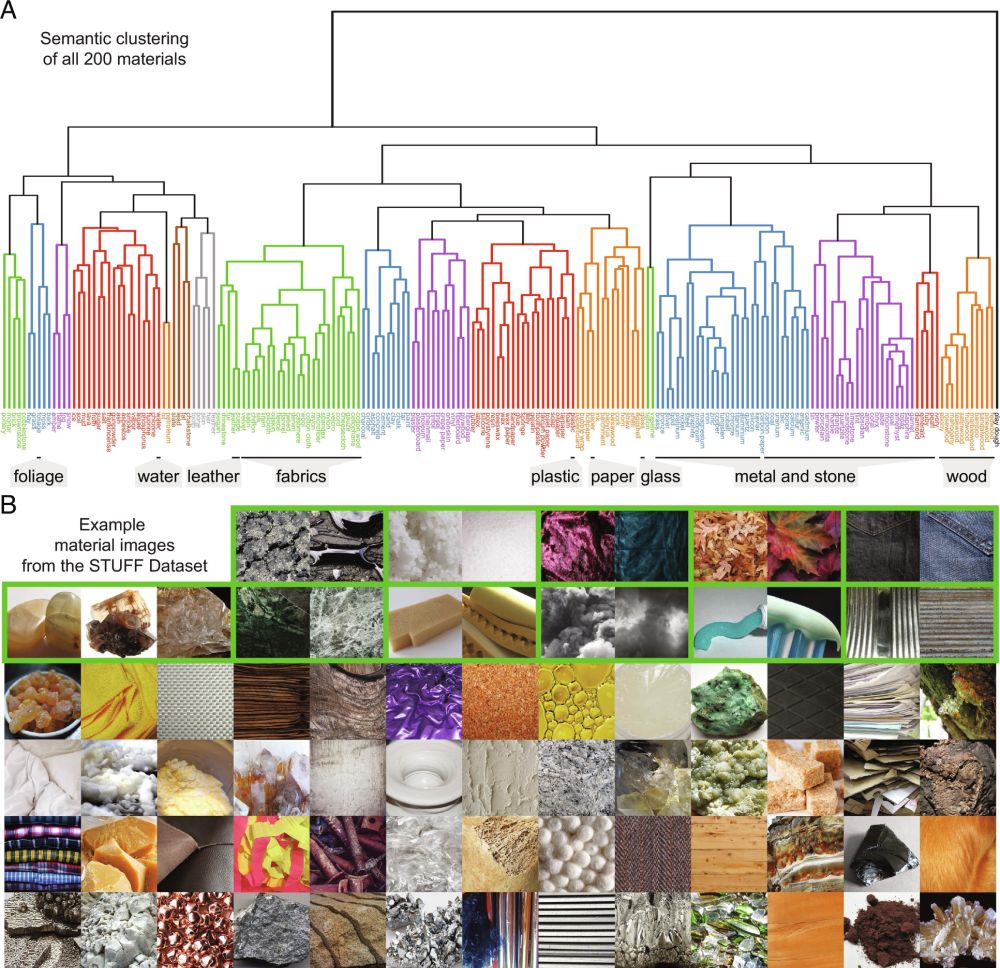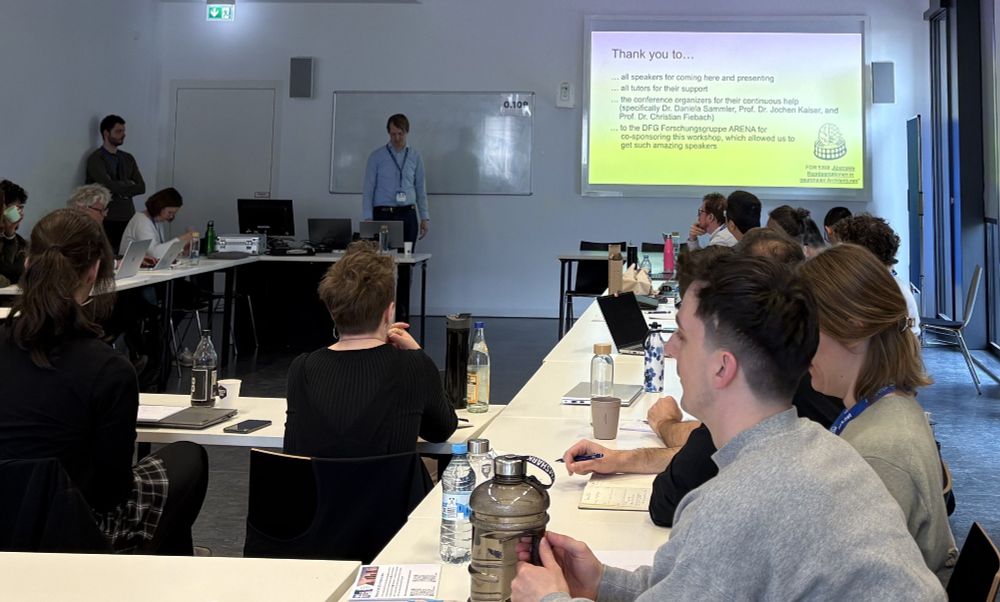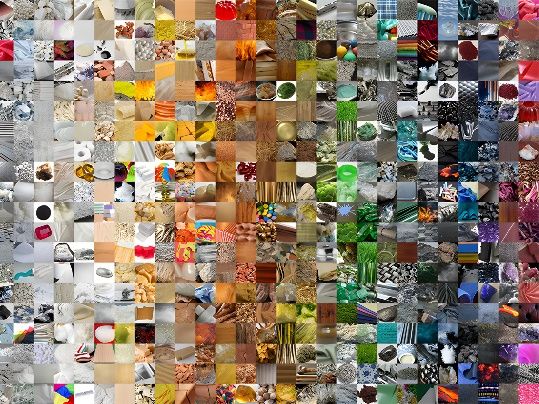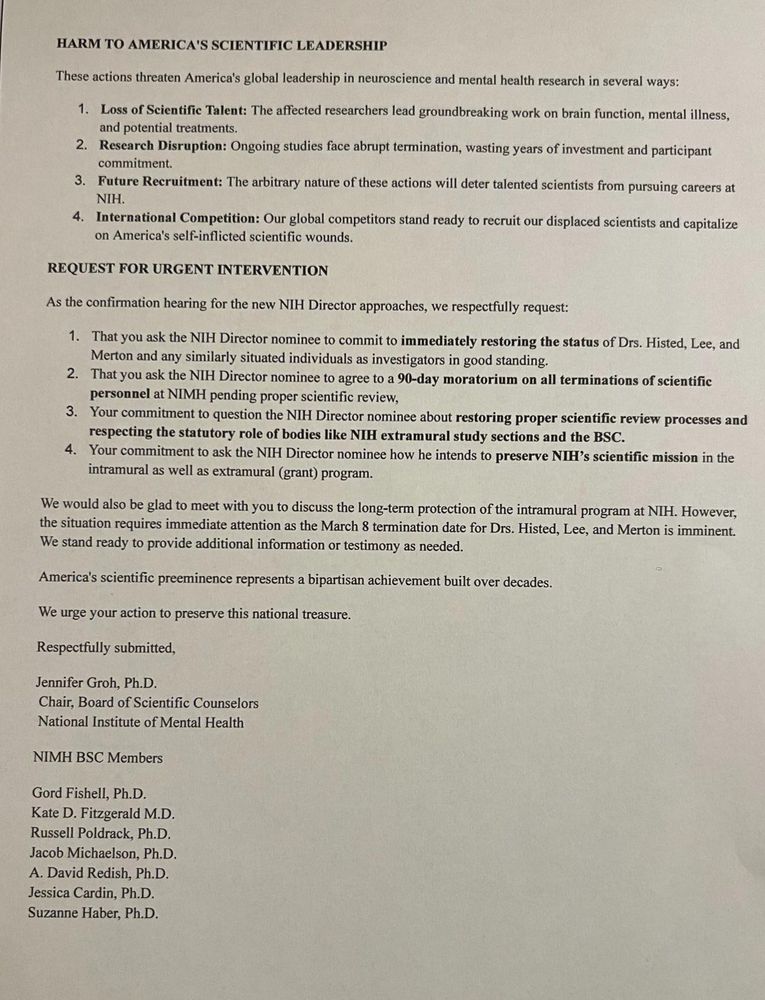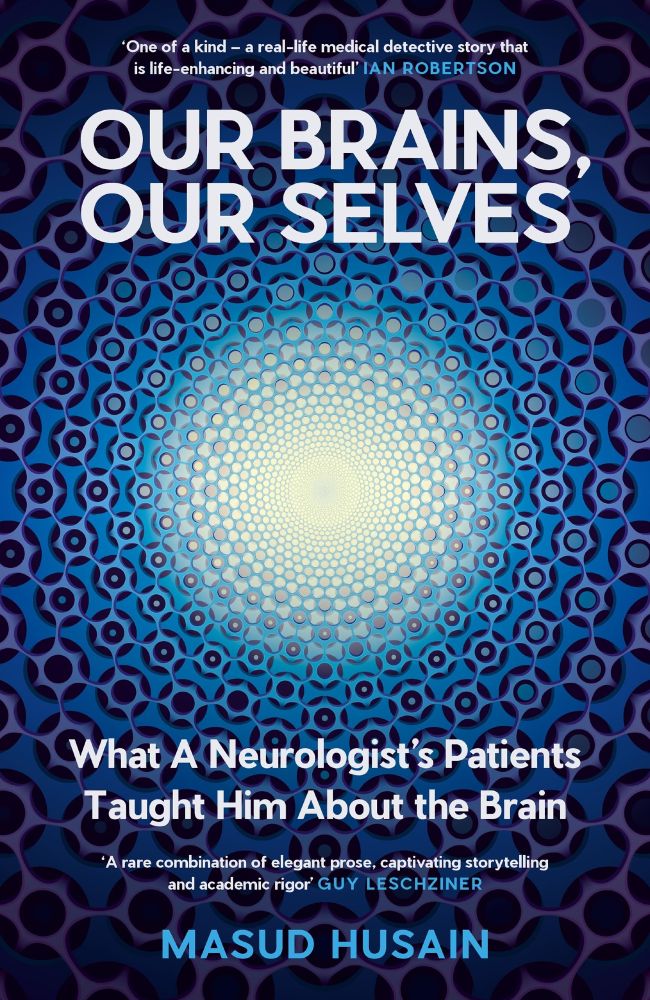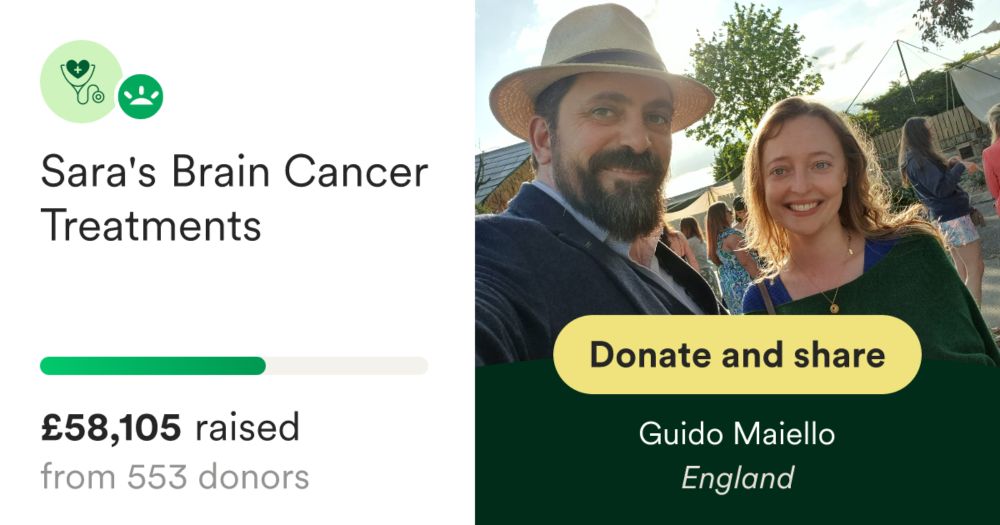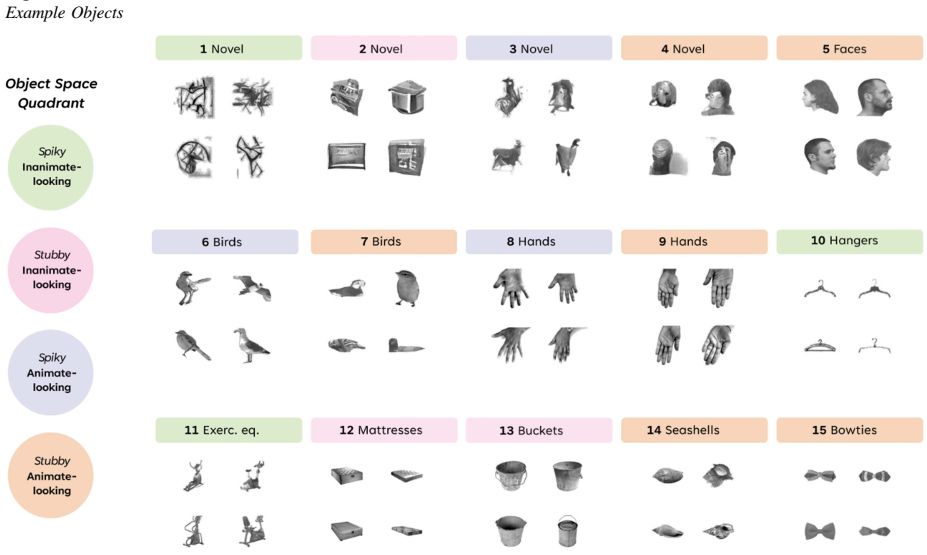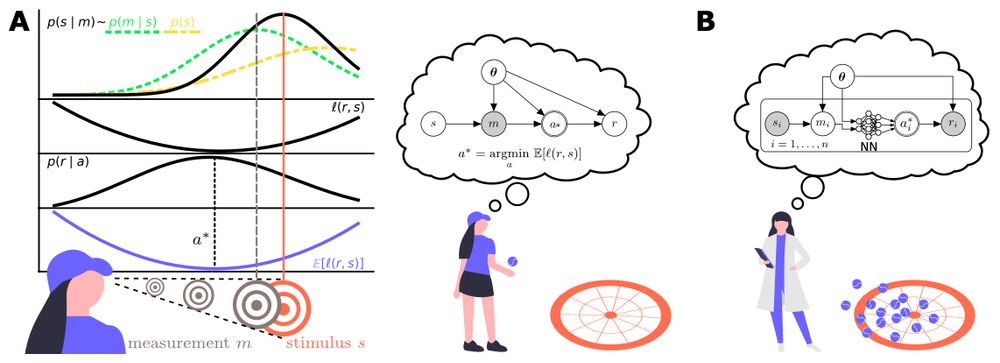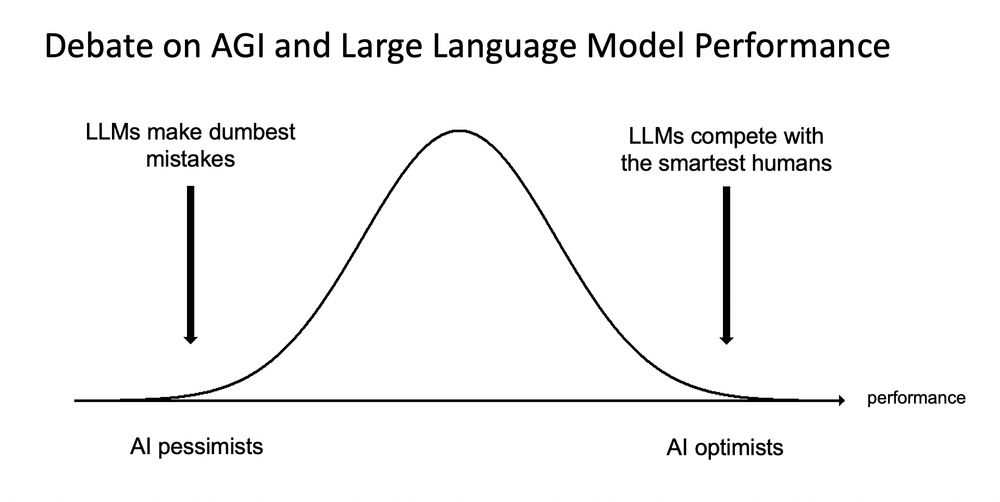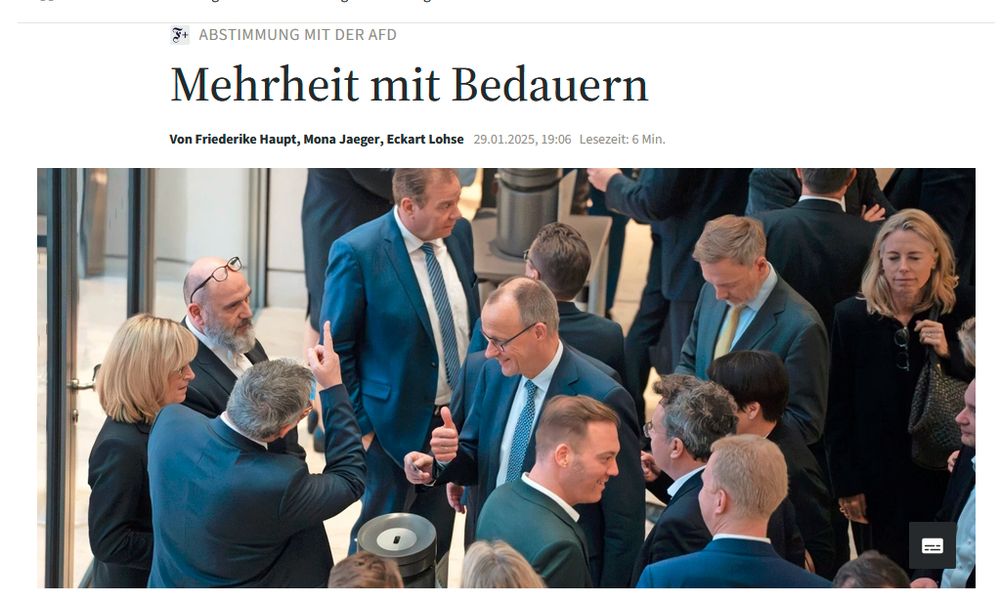Martin Hebart
Proud dad, Professor of Computational Cognitive Neuroscience, author of The Decoding Toolbox, founder of http://things-initiative.org
our lab 👉 https://hebartlab.com
- Reposted by Martin HebartPaper finally published in JEP General! Individual variability in mental imagery vividness does not predict perceptual interference with imagery: A replication study of Cui et al., 2007: osf.io/preprints/os... A study cited over 500 times couldn't be replicated, even in extreme imagery... a 🧵 1/8
- Reposted by Martin HebartThree year postdoc in cognitive computational neuroscience (Norwich, UK): using neuroimaging and deep learning to probe the neural mechanisms underlying material perception (across vision and touch) deadline **May 19th** repost pls #compneurosky #neuroskyence #VisionScience #PsychSciSky #neuroAI
- Three year postdoctoral position available in my lab @psychologyuea.bsky.social to work on neuroimaging and deep learning studies of multimodal material perception! with @timkietzmann.bsky.social @stephanierossit.bsky.social - funded by @leverhulme.ac.uk pls repost #compneurosky #neuroskyence
- Reposted by Martin HebartI'm happy to announce that our Primer on coding in psychology / neuroscience received the CMBB Replication award! 🏆 www.nature.com/articles/s44...
- The final talk of #CAOS2025 is given by @taliakonkle.bsky.social highlighting how we can use deep learning to learn about the inductive biases and the features learned and used in vision.
- One of the student award winners is @lucakaemmer.bsky.social who showed feedback to foveal early visual cortex during the preparation of saccades that also reflects the content of what participants see. #CAOS2025
- Next up is Jeff Bowers criticizing conclusions drawn about the performance of deep learning approaches as explanatory models of vision and language. #CAOS2025 Looking forward to the discussions after the talk.
- The final day at #CAOS2025 starts with a talk by Stefania Bracci, making the intriguing proposal that ventral vision is better understood as serving downstream behavior, not recognition alone.
- The first day of #CAOS2025 finish with a talk by Roberto Bottini @bottinilab.bsky.social expanding the idea of cognitive spaces in multiple novel directions. Among others, he shows when people randomly name colors the order predicts small eye movements related to color categories in cognitive space.
- Fascinating talk by @rhodricusack.bsky.social showing his & @clionaod.bsky.social’s work on 2 and 9-month olds with 130 (!) infants & 20 min (!) data showing a largely similar representation of medial ventral vision but a largely absent response in LO, dovetailing with myelin development. #CAOS2025
- Next up is @chazfirestone.bsky.social showcasing his lab’s fascinating research looking not only *what* is *where* but at *how* things relate to each other. Example: people can’t help but complete puzzles in their mind, seeing them even as fewer objects or spreading attention across parts. #CAOS2025
- #CAOS2025 starting in Rovereto, with a fantastic talk by Wilma Bainbridge on memorability. Among others,she looked at memorability of paintings in the Art Institute of Chicago, highlighting the role of context, painting size & interestingness on memorability, & that famous pieces are more memorable.
- Ok, vision scientists. Are we doing the international beer exchange again this year at #VSS2025 as pregaming to Club Vision? Who’s in?
- Reposted by Martin HebartSomething I've always thought about coming into cognitive neuroscience from software engineering. Recommended reading for sure!
- Proud to announce our primer on "Ten principles for reliable, efficient, and adaptable coding in psychology and cognitive neuroscience" www.nature.com/articles/s44... This primer is for beginners to get started, advanced programmers to improve, and PIs. #psychology #psychsci #cogsci #neuroskyence
- Reposted by Martin HebartMany processes from industry are not appropriate or overkill for an academic setting, but we can and should be doing better than we currently are. Our paper tries to give practical advice on how you can improve your scientific workflow, without being a coding guru. www.nature.com/articles/s44...
- Reposted by Martin HebartPreprint alert 📣 Check out our new preprint where we look into the relationship between cortical thickness and functional activation during linguistic processing in early blind individuals.
- Association between Cortical Thickness and Functional Response to Linguistic Processing in the Occipital Cortex of Early Blind Individuals biorxiv.org/content/10.1101/202…
- Reposted by Martin HebartExcellent primer. Can be hard to pack in software engineering training amidst everything else in grad school but a little bit goes a long way
- Proud to announce our primer on "Ten principles for reliable, efficient, and adaptable coding in psychology and cognitive neuroscience" www.nature.com/articles/s44... This primer is for beginners to get started, advanced programmers to improve, and PIs. #psychology #psychsci #cogsci #neuroskyence
- Reposted by Martin HebartVery happy that this primer on software engineering principles for psychology and cognitive neuroscience is now out! This was a great joint project between my group (lead by postdoc Yunyan Duan) and @martinhebart.bsky.social's group (led by @rothj.bsky.social). #psychology #cogsci #neuroskyence
- Proud to announce our primer on "Ten principles for reliable, efficient, and adaptable coding in psychology and cognitive neuroscience" www.nature.com/articles/s44... This primer is for beginners to get started, advanced programmers to improve, and PIs. #psychology #psychsci #cogsci #neuroskyence
- Proud to announce our primer on "Ten principles for reliable, efficient, and adaptable coding in psychology and cognitive neuroscience" www.nature.com/articles/s44... This primer is for beginners to get started, advanced programmers to improve, and PIs. #psychology #psychsci #cogsci #neuroskyence
- Reposted by Martin HebartWe are recruiting for 5 permanent staff positions (Prof, Senior-, Lecturer) including for 7T-MRI. Please have a look and share widely. (Closing date: May 12) www.nature.com/naturecareer...
- Check out Laura‘s cool poster! She sampled 1.5 million similarity judgments for ~1300 object words & identified core dimensions underlying semantic representations! Comparing them to dimensions derived from images, she finds important similarities & differences in visual & semantic representations!
- Curious about how people differentiate object words and how their mental representations compare to object images? Come check out my poster (F148) today at CNS! laurastoinski.com/website/Post... @martinhebart.bsky.social
- Reposted by Martin HebartExcited to share on my first post on Bluesky our new paper in NHB examine the innate and developing aspects of the wiring of the visual system. Congratulations to @emilykubota.bsky.social and the baby MRI team on this important work
- The latest paper from my PhD is now out in Nature Human Behavior! rdcu.be/edRwQ
- I wrote a commentary on a very nice paper that just appeared in @brain1878.bsky.social by @selmalugtmeijer.bsky.social, Sobolewska, de Haan & @neurosteven.bsky.social. Spoiler: It's about modularity in mid-level vision. 🤓 Original paper: doi.org/10.1093/brai... Commentary: doi.org/10.1093/brai...
- We make about 3-4 fast eye movements a second, yet our world appears stable. How is this possible? In a preprint led by @lucakaemmer.bsky.social we test the intriguing idea that anticipatory signals in the fovea may explain visual stability. www.biorxiv.org/content/10.1...
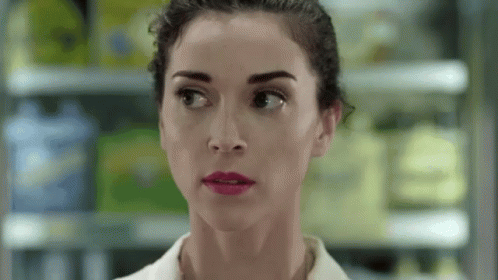
- Reposted by Martin HebartWie Menschen #Materialien wahrnehmen: Nur 36 Dimensionen wie Körnigkeit, Bläue und Viskosität sind nötig, um Materialien zu erfassen, zeigt eine Studie von Wahrnehmungsforschenden der #JLU, des #MPICBS in Leipzig und des #NIMH (USA) #Wahrnehmungsforschung www.uni-giessen.de/de/ueber-uns...
- Reposted by Martin HebartHow #humans perceive materials, that's what Filipp Schmidt & @martinhebart.bsky.social together with other colleagues from @jlugiessen.bsky.social took a look at in their new paper @pnas.org 👗Graininess, blueness, viscosity: Only 36 dimensions are needed to capture #materials: tinyurl.com/2e8kknx6
- It was great fun organizing this workshop at #teap2025 together with brilliant @gialdegheri.bsky.social ! Thank a lot to all the great speakers, the tutors, and to @arena-researchunit.bsky.social for co-sponsoring the workshop!
- Pre-Conference workshop #teap2025 #Deeplearning in #psychology: Theory & praxis coms.app/TeaP2025/xpa... @irisgroen.bsky.social @tsawallis.bsky.social ,Fritz Günther, Felix Wichmann, Linnea Evanson @martinhebart.bsky.social #neuroscience #neuralnetworks #AI
- Reposted by Martin HebartPre-Conference workshop #teap2025 #Deeplearning in #psychology: Theory & praxis coms.app/TeaP2025/xpa... @irisgroen.bsky.social @tsawallis.bsky.social ,Fritz Günther, Felix Wichmann, Linnea Evanson @martinhebart.bsky.social #neuroscience #neuralnetworks #AI
- Reposted by Martin HebartI'm pleased to report that the board has now heard from NIH that the appointments of these three investigators and similarly situated folks are being extended. Thank you NIH! Delighted that the stellar work there will be continuing!
- Compelling pushback from @jmgrohneuro.bsky.social and the Board of Scientific Counselors at the National Institute on Mental Health (NIMH) regarding termination of tenure-track investigators driven by DOGE. 1/2
- People talk a lot about objects, but what about the softness of a cushion, the greenness of an emerald, or the viscosity of oil? In our work just published @pnas.org, we shed light on how we make sense of the hundreds of materials around us. www.pnas.org/doi/10.1073/...
- Reposted by Martin HebartCompelling pushback from @jmgrohneuro.bsky.social and the Board of Scientific Counselors at the National Institute on Mental Health (NIMH) regarding termination of tenure-track investigators driven by DOGE. 1/2
- Reposted by Martin Hebart
- Reposted by Martin HebartPolitical poll news site 538 to close amid larger shuttering across ABC and Disney
- Reposted by Martin HebartWe created the simplest possible scenario for testing the flexibility of world models in LLMs and humans🌍 Your favorite model cannot really solve the game (also tested DeepSeek and O3 mini). If you try hard, you can💪 paper osf.io/preprints/os... game paul-henryp.github.io/hauntedhouse
- Reposted by Martin HebartA big thank you to all those who have been so positive about my new book. It's about how neurological patients can tell us so much about our selves, how personal and social identities are forged by different cognitive functions, and what it means to belong.
- Reposted by Martin HebartSara began radiotherapy & chemo 💪. Your support is funding German healthcare insurance, immunotherapy diagnostics, & travel—opening half a dozen new treatment options. We’re so grateful—please do continue sharing! gofund.me/357afe0a
- Reposted by Martin HebartHere is a new, shorter version of our mental imagery survey. Please if you can spare a few minutes we would appreciate if you could take this & pass it along to others who might be interested. Thanks! tstbl.co/763-452 #neuroskyence #visionscience #psychscisky #aphantasia #mentalimagery
- Reposted by Martin HebartI study how perception is altered in neurologic disease. In particular, why some visual experiences are painful (i.e., produce photophobia), especially for people with migraine. These studies use custom devices for presenting stimuli and measuring the environment. Here’s a look at some of these.
- Reposted by Martin HebartPsilocybin, the active compound in magic mushrooms, alters perception and induces hallucinations. In this preprint, we show through visual illusions, fMRI and modeling that psilocybin affects contextual computations, a potentially general mechanism of psychedelics. www.biorxiv.org/content/10.1...
- Reposted by Martin Hebart127 8-page submissions for #CCN2025. Abstracts look great. We had hoped for 80. CCN Proceedings appears to have launched successfully. Will yield 30-35 great papers. 🙏 to the Debbie Yee, Sneha Aenugu, and especially @jaspervdb.bsky.social and @eringrant.bsky.social
- Reposted by Martin HebartThis account is for sharing info with US scientists, both extramural and intramural to NIH, about attacks on science in the US. Education is power, and we can help advocate for science and medicine together. 💪🧪 We are a team of NIH people. Please ask us questions you might have.
- Reposted by Martin HebartNew preprint by Michael Wolff and me, on accelerating visual perception! The perception of an image can be accelerated by another before it. But how does this happen in the brain? Michael developed a new method to quantify the temporal shift across time in EEG. 1/3 www.biorxiv.org/content/10.1...
- Reposted by Martin HebartHello! I'm looking to hire a post-doc, to start this Summer or Fall. It'd be great if you could share this widely with people you think might be interested. More details on the position & how to apply: bit.ly/cocodev_post... Official posting here: academicpositions.harvard.edu/postings/14723
- Reposted by Martin HebartPaper🚨 "Objects, Faces, and Spaces: Organizational Principles of Visual Object Perception as Evidenced by Individual Differences in Behavior" by @heidasigurdar.bsky.social & @ingamariao.bsky.social JEP:G editor's choice ->free to read psycnet.apa.org/fulltext/202... #visionscience #psychscisky 🧵1/13
- Reposted by Martin HebartRegistration to the CAOs workshop on Concepts, Actions, and Objects (Rovereto, Italy, May 7-9 2025) now open! event.unitn.it/cimec-caos/
- Reposted by Martin HebartIn a new preprint with @kleind.bsky.social, we ask two questions: (Q1) People differ in how they perceive the similarity of stimuli in their environment. How can we model the features underlying similarity judgments in arbitrary domains, while accounting for individual differences? osf.io/agpb5_v1 🧵
- Reposted by Martin HebartOur latest work on understanding the behavior of bounded agents in more naturalistic tasks accepted at #ICLR2025: Inverse decision-making using neural amortized Bayesian actors, with @dominikstrb.bsky.social @tobnie.bsky.social and @jan-peters.bsky.social based on @tobnie.bsky.social MSc thesis
- Es ist vollkommen unerheblich, ob die Union durch die Abstimmung am Freitag punktet. Wenn sie mit Hilfe der AFD eine Mehrheit bekommt, zeigt das den Wählern, dass es mehr als nur eine Protestpartei ist - nämlich, dass sich auch in Zukunft eine Wahl der AFD lohnt, um eigene Interessen durchzusetzen.
- The disagreement on whether LLMs are super smart or super dumb is a matter of what tail of the distribution you look at.
- Reposted by Martin HebartDie Unionsfraktion hat den Antrag gestellt, um eine Mehrheit im Bundestag zu bekommen. Wie, so hat #Merz vorher gesagt, ist ja egal. Sie hat die angestrebte Mehrheit bekommen. Warum freut sich dann kein Unionist? Warum klatscht denn dann keiner von denen? Klatschen kommt nur von der AfD. Tja.
- Reposted by Martin HebartRoy Baumeister called ego depletion "one of the most replicable findings in social psychology." As someone who spent 20 years studying it—and ultimately had to admit it wasn't real—I have to respectfully disagree. Here's my perspective of what went so wrong.
